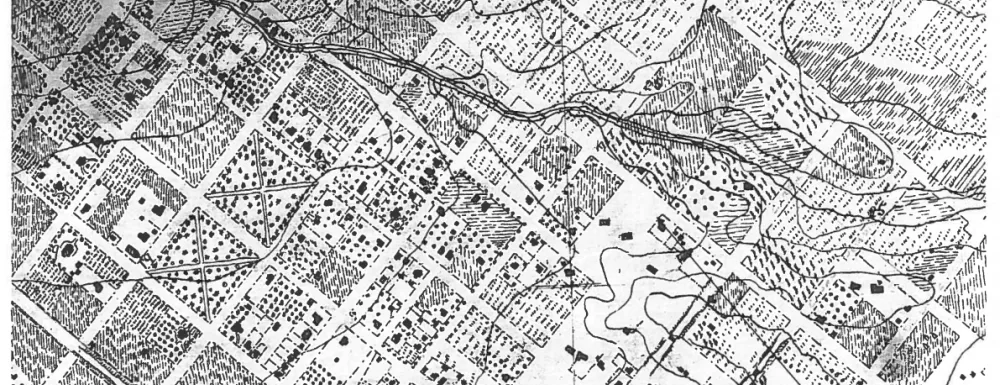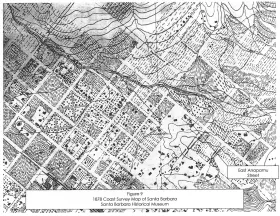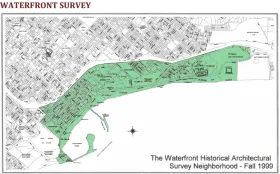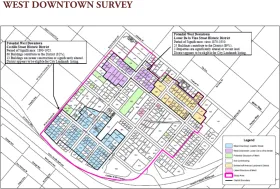
Historic Resource Surveys
Historic Area Context Statements and Surveys:
One of the most important historic preservation tools is the historic resource survey: a process of identifying and gathering data on a community’s historic resources. Historic resource surveys allow communities to better plan for the preservation and development of areas that contain historic resources by understanding what type of resources make up that environment.
With the passage of the National Preservation Act, state governments were encouraged to develop statewide historic preservation programs that included identification of historic resources through comprehensive statewide surveys, which grew into the introduction of local survey work. When the National Historic Preservation Act was amended in 1980, Congress formally recognized local efforts by mandating increased assistance to local governments whose preservation programs, such as the City of Santa Barbara (since 2020), are “certified” as meeting high professional standards.
In general, two levels of historic resource surveys exist: Reconnaissance and Intensive level surveys. While both types involve research into a community’s history, architecture and fieldwork, they differ in the level of effort involved. Reconnaissance level surveys entails descriptive information about buildings, structures, sites or objects are analyzed primarily through architecture and date of construction. An Intensive level survey generally involves detailed research, thorough inspection and documentation of all historic properties within the survey boundaries- typically completed when a property is evaluated for formal designation as historic.
Updating the original surveys is a constant practice. As new information is discovered about many of the resources evaluated in the original surveys, the information is updated and added to historic significance reports available in links to each historic property’s documents through the Historic Treasures Map (where the most up to date information is shared with the public). Since the original surveys were completed, many buildings have become designated historic by the Historic Landmarks Commission or added to the State or National Register of Historic Places. Some buildings have been found not historically significant due to new information, such as lack of historic integrity due to alterations.
Historic Context Statements
Prior to completing a historic resources survey, architectural historians prepare a historic context statement describing those historical development patterns within which the significance of a resource/ survey area can be understood. The Historic Context Statements explain what aspects of geography, history and culture significantly shaped the physical development of a community or region’s land use patterns and built environment over time, what important property types were associated with those developments, why they are important, and what characteristics they need to have to be considered an important representation of their type and context.
Below are Historic Context Statements that outline the history of each area that have been surveyed by the City. *Note the Context Statements are original as prepared by the architectural historians hired to complete the project and have not been updated




